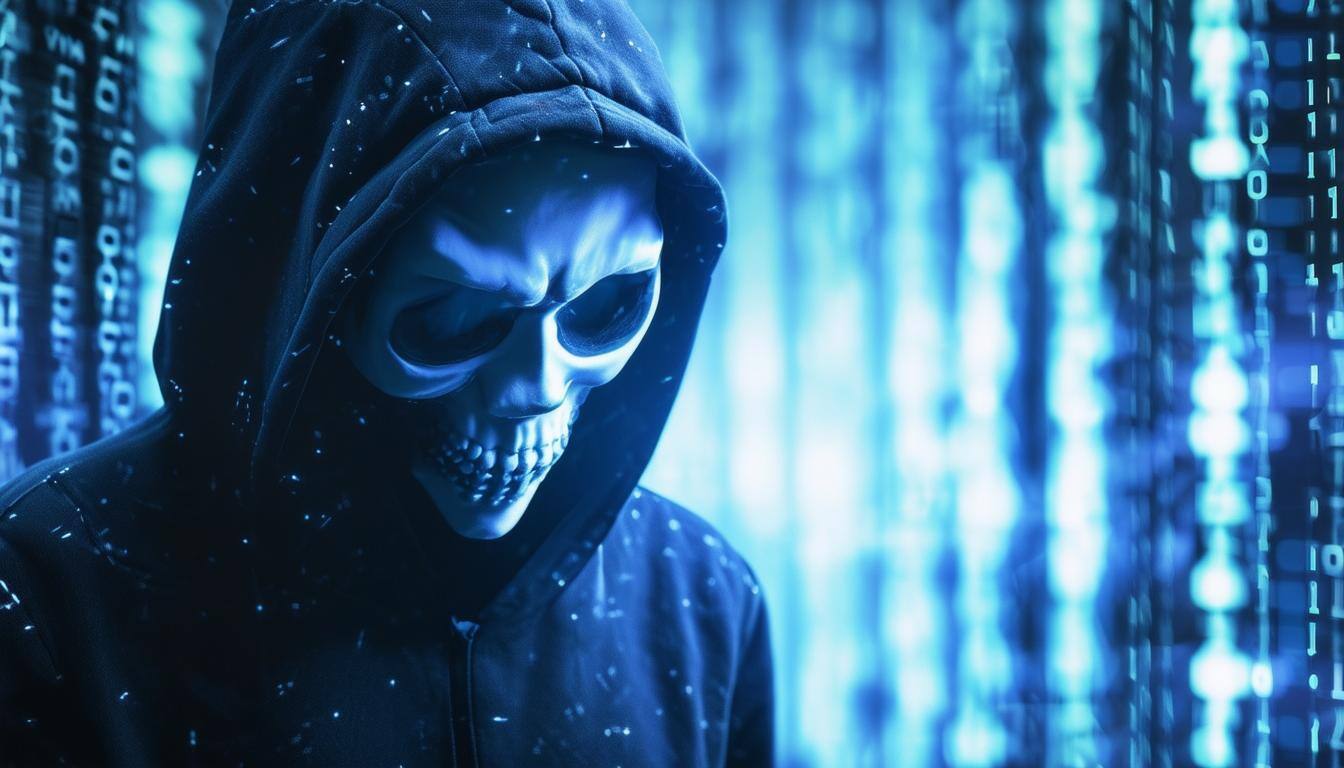Law enforcement authorities from 11 countries last week conducted a coordinated takedown of the Ragnar Locker ransomware group, delivering a major blow to one of the most dangerous ransomware operations of recent years.
The operation was led by Europol and Eurojust, with searches conducted in Czechia, Spain, and Latvia. The main perpetrator, suspected to be a developer of the Ragnar group, was arrested in Paris, while his home in Czechia was searched. Additionally, the ransomware's infrastructure was seized in the Netherlands, Germany, and Sweden, and the associated data leak website on Tor was taken down in Sweden.

Since its inception in December 2019, Ragnar Locker has wreaked havoc as both a ransomware strain and a criminal group, targeting critical infrastructure on a global scale. Exploiting vulnerabilities in Microsoft Windows operating systems, particularly through Remote Desktop Protocol, the group has perfected the art of double extortion.
They brazenly demand exorbitant payments for decryption tools, coupled with the threat of releasing stolen data. With their unwavering focus on critical infrastructure, the threat level posed by Ragnar Locker is undeniably severe.
While cybersecurity experts saw the operation as a noteworthy disruption, they cautioned that the impact against the resilient ransomware group may only be temporary.
Ngoc Bui, Cybersecurity Expert at Menlo Security, discussed this with SecureWorld News:
"The seizure of Ragnar Locker's infrastructure may seem like a big deal because it is a major setback for the ransomware group. Ragnar Locker is one of the most active ransomware groups in the world, and it has been responsible for attacks on a wide range of organizations, including government agencies, businesses, and healthcare providers.
The seizure of Ragnar Locker's infrastructure will make it more difficult for the group to carry out attacks. It will also send a message to other ransomware groups that law enforcement is taking the threat of ransomware seriously. However, the likelihood of this being a setback and not a takedown makes this less of a big deal. It's more of a grab your popcorn and see what happens."
Bui noted that while seizures can raise costs and cause difficulties for ransomware groups, they often regroup and rebuild infrastructure quickly.
John Bambenek, Principal Threat Hunter at Netenrich, agreed that takedowns of Dark Web infrastructure have value in disrupting operations:
"This seizure is significant because it shows law enforcement is able and willing to go after dark web sites to disrupt operations. Ransomware is a significant threat, and any action to disrupt them has value.
Ultimately, the seizure of a dark web site can be fixed by setting up another one. If it happened to get the only copy of victim's data, then those victims don't face a risk of their sensitive data being trafficked to other criminal groups. Nothing is permanent, absent finding the individuals responsible and giving them a long-term break from society in a cozy jail cell."
The Ragnar Locker operation follows Europol's takedown of the sophisticated Emotet botnet last year. Authorities say it demonstrates their increasing ability to coordinate cross-border operations against top cybercrime threats.
However, the analysis from experts makes clear that takedowns are just one piece of the puzzle. Ransomware groups continue to pose a highly disruptive threat globally, often regrouping quickly after infrastructure seizures. Sustained success will require ongoing international collaboration and arrests of key perpetrators.
Follow SecureWorld News for more stories related to cybersecurity.





